Fubao's "peak" trembles in the middle of a Chinese zoo, revealing an anomaly
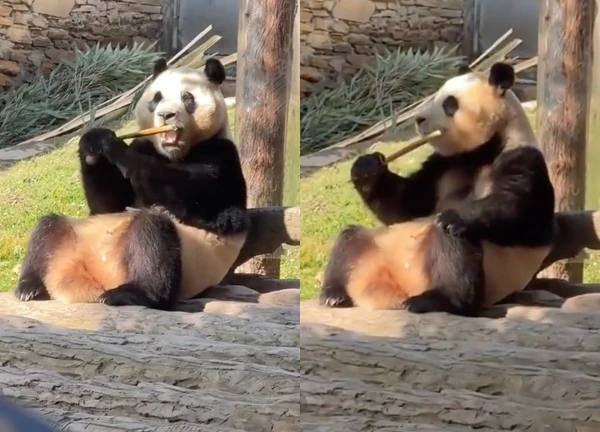
2 | 1 Discuss | Share
The NASA/ESA Hubble telescope has captured images of the spiral galaxy NGC 2566, dubbed the "Eye of the Universe," while Chinese paleontologists have unearthed a fossil, revealing the ancient ancestors of many of today's animals.
The Hubble Space Telescope, humanity's keen "eye" to the universe, continues to deliver overwhelming images. This time, Hubble captured stunning images of the spiral galaxy NGC 2566, a massive structure millions of light-years away from Earth. With the galactic plane slightly tilted from our perspective, NGC 2566 appears as a bright "eye", staring at the Earth.
However, this "Eye of the Universe" is not an alien monster like in science fiction movies. It is a real galaxy, containing billions of stars, planets, and clouds of gas and dust. Astronomers used Hubble to study in detail the star clusters and star-forming regions in NGC 2566. The data from Hubble, especially at ultraviolet and visible wavelengths, allowed scientists to measure the age of young stars, thereby piecing together the galactic star formation timeline and the gas exchange between clouds and stars.
Studying distant galaxies like NGC 2566 is crucial in understanding the evolution of the Milky Way itself, our home. By observing and analyzing other galaxies, scientists can deduce general laws about the formation and evolution of galaxies in the universe. In the future, the "Eye of the Universe" will likely be observed by the James Webb telescope, a more powerful tool than Hubble, to gather more insights.
In parallel with the discoveries of the universe, Chinese paleontologists have made a shocking discovery, shedding light on an important part of the history of life on Earth. In the Kuanchuanpu Formation in Shaanxi Province, they have unearthed seven strange fossil spheres, dating back to 535 million years, at the beginning of the Cambrian period.
The tiny spheres, only a few millimeters, were identified as the fossilized embryos of living organisms during the Cambrian boom, a pivotal period in the evolutionary history of life, when most of the major animal groups first appeared. What is special is that the soft tissues of the embryo have been replaced with the mineral calcium phosphate during the fossilization process, preserving the three-dimensional anatomical structure with incredible detail.
Based on the number and arrangement of the plates that make up the sclerite, the researchers classified these organisms into two new species: Saccus xixiangensis and Saccus necopinus. Although it is not yet known what life form they will evolve into, their anatomy is clear. The plates on the exoskeleton are arranged in a radial direction at the head and bilateral symmetry at the tail, suggesting that their bodies have bilateral symmetry, an important feature in the evolution of animals. The absence of feather-like appendages suggests that they belong to the group of Ecdysozoa, which includes insects, spiders, crustaceans and worms.
The large size and hollow middle of each fossil suggest that the embryo once ate a large yolk to sustain life before being able to feed on its own. The researchers also compared these fossils to the adult fossils of Saccorhytus coronarius, a strange creature that lived 540 million years ago, with a shape that resembles a limbless bag, a large mouth, and no anus. It is likely that Saccus is closely related to Saccorhytus coronarius and may have evolved into a similar form.
These two discoveries, one from immense space and the other from the depths of the earth, seem unrelated, but they make an interesting connection. NGC 2566 shows us the vastness and complexity of the universe, while Cambrian fossils reveal the first steps of life on Earth.
The tiny creatures Saccus, which lived more than half a billion years ago, may have been the ancient ancestors of many animals today, including humans. They are part of a long and complex evolutionary story, starting with the simplest life forms and gradually evolving into the biodiversity we see today.
Studying these fossils not only helps us better understand Earth's past, but it also helps us understand our place in the universe. We are part of a larger story, one that began billions of years ago and continues to this day. From the "Eye of the Universe" looking into the past, we recognize the close connection between the vast universe and the evolutionary history of life on this tiny planet. These discoveries continue to motivate us to learn and uncover the mysteries of the universe and our own origins.
Giant "water vampire" revealed in China, dubbed: Super horror "Meat Hunting Machine" 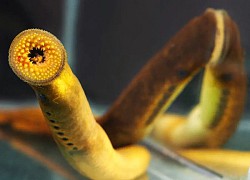 Nguyễn Kim17:38:07 05/11/2023This alien-looking fish is also known as a vampire in the present. They feed on the blood of other aquatic animals, slaughtering from wild fish in the ocean to destroying aquaculture areas.
Nguyễn Kim17:38:07 05/11/2023This alien-looking fish is also known as a vampire in the present. They feed on the blood of other aquatic animals, slaughtering from wild fish in the ocean to destroying aquaculture areas.

2 | 1 Discuss | Share

1 | 0 Discuss | Share

1 | 1 Discuss | Share

2 | 0 Discuss | Share

2 | 0 Discuss | Share

3 | 0 Discuss | Share
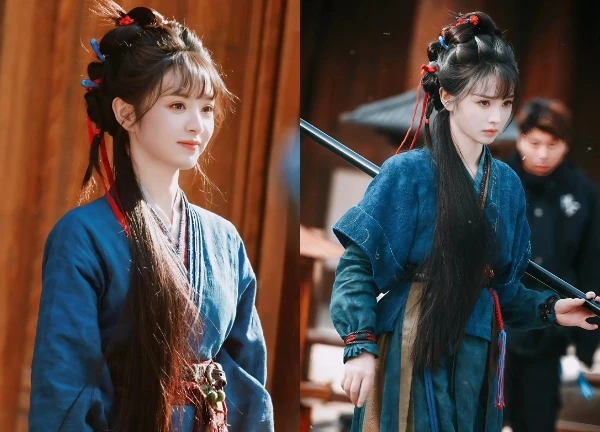
2 | 2 Discuss | Share

1 | 0 Discuss | Share

2 | 1 Discuss | Share

2 | 1 Discuss | Share

4 | 0 Discuss | Share

1 | 1 Discuss | Share
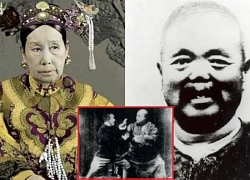

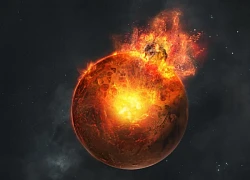
1 | 0 Discuss | Report